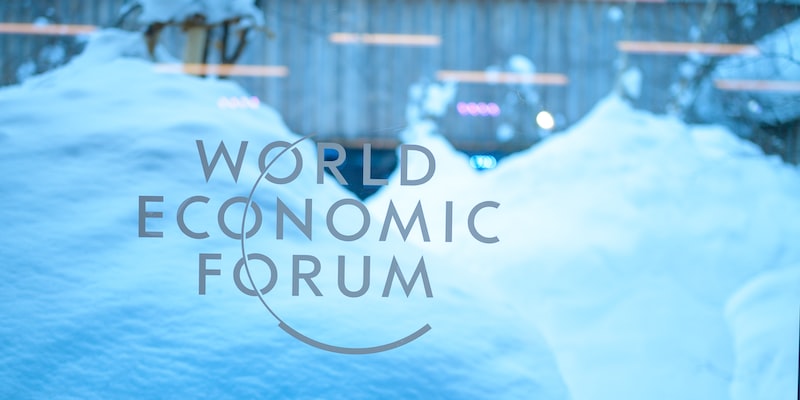How is the World Economic Forum funded?

The World Economic Forum (WEF) is a non-profit organization that has become an influential force in global economics, politics, and technology. It is best known for its annual meetings in Davos, Switzerland, which bring together leaders from business, government, and civil society to discuss and debate pressing global issues.
But how is the WEF funded? The organization relies on a variety of sources to finance its operations and projects, including membership fees, corporate sponsorships, and public donations.
Membership Fees
The WEF is funded by its members, which include governments, academic institutions, and corporations. Membership fees vary depending on the level of engagement and access to the organization’s activities and resources. The fees are typically paid by the members themselves, but some governments and corporations also contribute.
Corporate Sponsorships
The WEF also receives funding from corporate sponsorships. Companies can sponsor specific events or become Global Partners, which provides them with access to the Forum’s activities and resources. The Forum also has Strategic Partners, which are companies that have made a long-term commitment to the organization.
Public Donations
The WEF also relies on donations from the public. Donors can make contributions through the organization’s website, or by check. Donations are typically used to finance the Forum’s various projects and initiatives.
The WEF’s sources of funding are diverse and complex, but it is clear that the organization relies heavily on its members, corporate sponsorships, and public donations to finance its operations and projects.
The World Economic Forum (WEF) is a Swiss non-profit foundation that brings together high-level political, business, and academic leaders to debate global issues. It is well-known for its annual meeting in Davos, Switzerland, which draws in some of the world's most influential figures. But how is the WEF funded?
The majority of the WEF's funding comes from its membership fees, which are paid by a variety of corporations, academic institutions, and countries. The WEF also receives donations from other organizations and philanthropists. In addition, the organization holds various events and activities that generate revenue.
The WEF's financial transparency is one of its core values. It publishes an annual report that details its revenues and expenditures, as well as its objectives. According to the report, the majority of the WEF's funds are used to create and sustain its activities, such as its annual meetings and research projects. The remaining funds are used for administrative expenses, such as staff salaries, travel costs, and technology expenditures.
The WEF also receives funding from governments, international organizations, and other non-profits. The organization has a policy of not accepting donations from any individual or entity that could compromise its objectivity and independence.
The World Economic Forum is a unique organization that has brought together some of the world's most influential people to discuss global issues. It is funded through membership fees, donations, and other activities, and is committed to financial transparency.
With all the talk about the World Economic Forum (WEF) and its influence on global policy and international affairs, it's natural to wonder who is footing the bill. The answer to this question is more complex than you might imagine.
The WEF is a nonprofit foundation that is funded primarily by its members, who are a mix of individuals, government representatives, and corporations. These members pay an annual fee, which is calculated based on the size and scope of their organization. Some of the largest members include Microsoft, Nestle, and Siemens. In addition, the WEF also receives donations from private foundations, as well as from governments, international organizations, and educational institutions.
In addition to these members and donations, the WEF also generates income through its activities, such as conferences, meetings, and research. It also has a range of strategic partnerships and sponsorships with brands such as Audi, BCG, and UBS. These partnerships and sponsorships provide the WEF with additional funds.
The WEF is also supported by a number of philanthropic trusts, the most prominent of which is the Schwab Foundation for Social Entrepreneurship. This foundation was founded by WEF founder Klaus Schwab and provides grants and other forms of financial assistance to social entrepreneurs around the world.
The WEF is also supported by its own endowment, which is used to fund core activities and provide general operating support. This endowment is funded by its members and donors, as well as by investments made by the WEF itself.
So, while the WEF is a nonprofit foundation, it is not without its sources of funding. The WEF is supported by its members, donations, partnerships, sponsorships, and its own endowment. With this funding, the WEF is able to continue to carry out its mission of improving the state of the world.